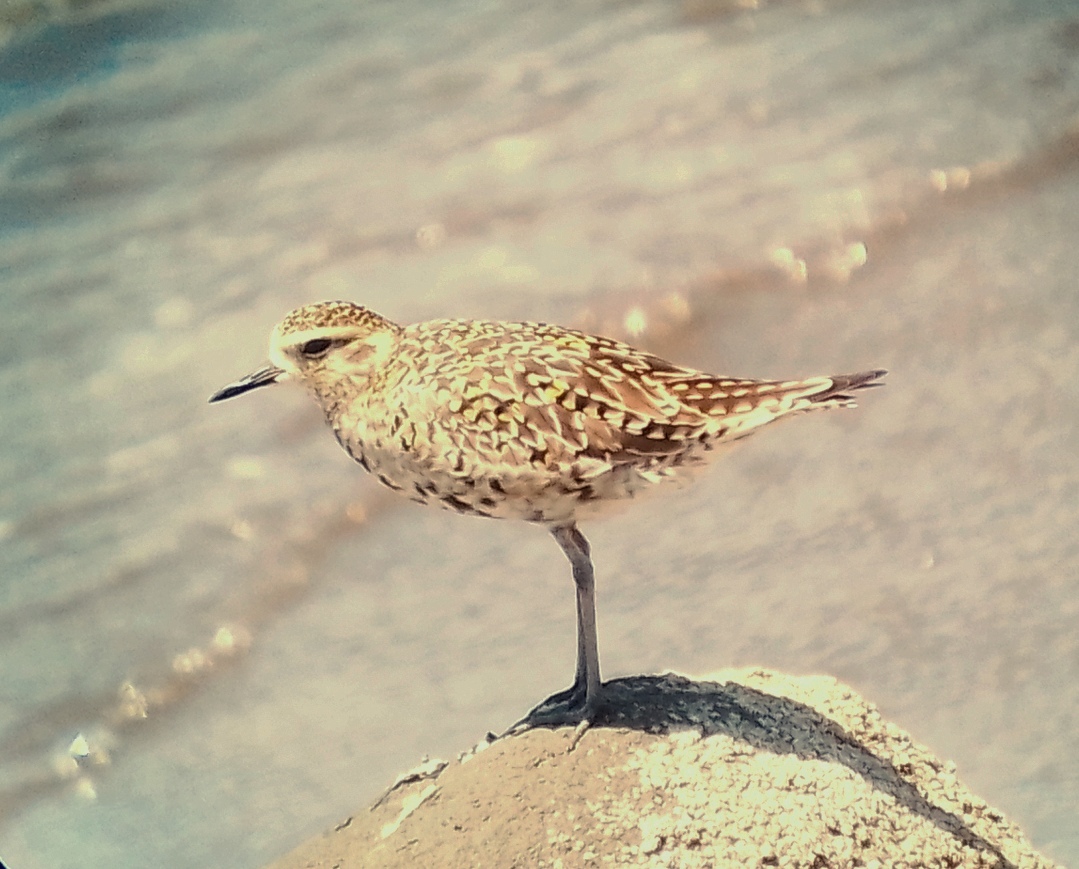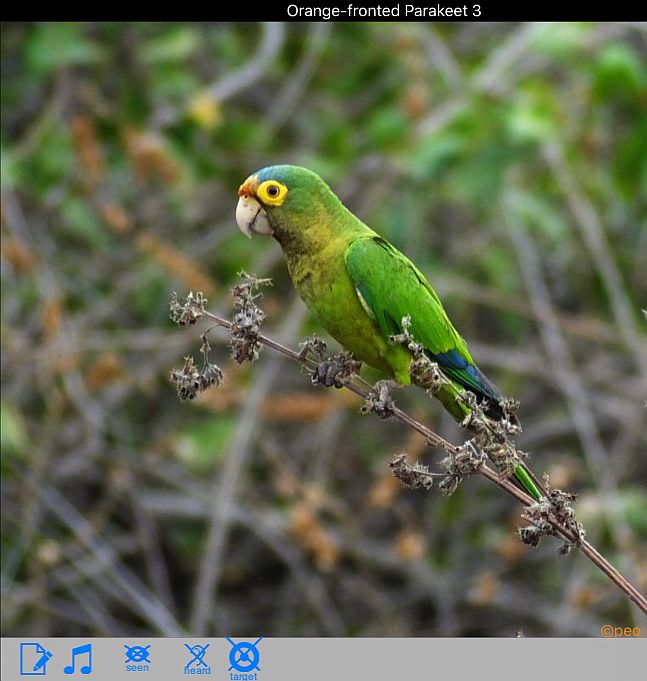From time to time, I have been asked if there are any vagrant traps in Costa Rica. In birding lingo, this translates to wondering if there are any particular sites that concentrate lost migrant birds. I usually respond that yes, as one might expect from a lone island in the vast waters of the Pacific, Cocos Island acts as a vagrant trap (Eastern Phoebe has occurred along with annual records of various other vagrants). I then mention that the Caribbean Coast can be good for occasional species that are rare for Costa Rica, and that the southern area of the Nicoya Peninsula may have some tendency to attract rare warblers.
However, since the rare vagrants for Costa Rica tend not to be birds that visiting birders would prefer to see, unless a birder wants to add Northern Parula or White-eyed Vireo to their Costa Rica country lists, they don’t prioritize visits to such places.

Even so, birding on the Caribbean coast and southern Nicoya Peninsula is always fun, migration season or not!
Other than Cocos Island, we might not have a Cape May, Scilley Isles, or Eilat, but we do have Puntarenas.
This old port settlement doesn’t bear witness to the massive numbers and types of migrant species like the aforementioned legendary sites, but it does seem to bring in enough to merit more serious bird observation than has occurred. As with other good sites for bird migration and vagrant species, Puntarenas is an area of land near or surrounded by water. Places like this can be excellent for migration because they tend to attract waterbirds that use coastal habitats, small birds that get concentrated in coastal areas because they would rather not risk flying over water, and seabirds that can be pushed toards shore by weather systems.
Puntarenas is essentially a sandspit that juts into the sea. The area just to the north hosts mangroves, the area to the south is the outer Gulf of Nicoya, and the tip of Puntarenas points directly into the junction of the inner and outer parts of the Gulf. Although it doesn’t seem to be situated on a major flyway for passerines, it does attract an interesting number and variety of seabirds (and maybe more passerines than we think).
There is enough avian action happening at Puntarenas to merit much more focused birding than the site sees and it would be a wonderful spot to establish a bird observatory. Here’s why:
A Meeting of Currents
Puntarenas marks a point where currents from the inner and outer Gulf of Nicoya meet and mingle. This mixing of waters is evident while watching from the area of the lighthouse and may be why this same site can turn up everything from storm-petrels to jaegers, various terns and gulls, Brown Noddy, and many other birds. They aren’t there all the time but enough to merit seawatching from this spot.

As with so much other birding, mornings seem to be best and the birds that occur vary by season but scoping from this spot is always worth it. Even if nothing seems to be happening, wait long enough and some interesting bird will appear or fly past. At least this has been my experience while seawatching from the tip on every single occasion. For example, while my partner Marilen and watched from the point for an hour yesterday afternoon, we had a couple Brown Boobies along with a flyby of two migrating Franklin’s Gulls. Various Laughing Gulls and Royal Terns were also moving through and lounging on the choppy water. I’m sure other birds were out there but probably weren’t visible as they floated among the whitecaps.
On other occasions, I have seen three species of storm-petrels, Galapagos Shearwater, Red-billed Tropicbird, and various other species.
Vagrant Seabirds
Perhaps because of that meeting of currents, this site can also turn up vagrant seabirds, I am sure more than get reported. For the past few years, a Western Gull found its way to Puntarenas and has apparently decided to stay for good. At least, it hasn’t migrated yet and why would it with such a regular and easy food source at the small fish processing plants in town?
Recently, while birding with a friend to look for that very gull, we ended up stumbling upon a very rare for Costa Rica Pacific Golden-Plover (!). Luckily, it stayed long enough for many other local birders to see it too.

The most unusual bird know of that has appeared at the point was a Christmas Shearwater seen by Johan Kuilder Ineke van Leeuwen, and Adela Rufatti and myself in june, some years ago. This bird seemed to appear out of nowhere as it literally floated right in front of us at the point. Given the dynamic nature of this site, no doubt, other unusual seabirds occur from time to time along with more expected species including Least Tern, Sabine’s Gull, and jaegers, and so on.

It’s worth mentioning that many of these and other pelagic species are more easily seen from the Puntarenas-Paquera ferry. Two of the most noteworthy birds seen from the ferry have been Costa Rica’s first and only Peruvian Booby, and Inca Tern.
Much Potential, Heavily Visited, yet Underbirded
Given its location and the birds that have been known to occur, this site deserves a lot more attention. No, there isn’t a whole lot of habitat other than marine and coastal birding but extensive mangroves also occur and it is close to some wooded areas. Perhaps most importantly, Puntarenas being a popular destination for locals also makes it an ideal place to promote birding and bird awareness. This factor along with it being a good place to record data on migrant species as well as the endemic and endangered Mangrove Hummingbird make Puntarenas a good candidate for hosting a bird observatory.
Since Puntarenas has also been underbirded, who knows, maybe higher numbers of regular and rare migrant songbirds also occur more than we expect? Hopefully we can set up some form of scheduled and coordinated seawatching at this important and underbirded site.





















































